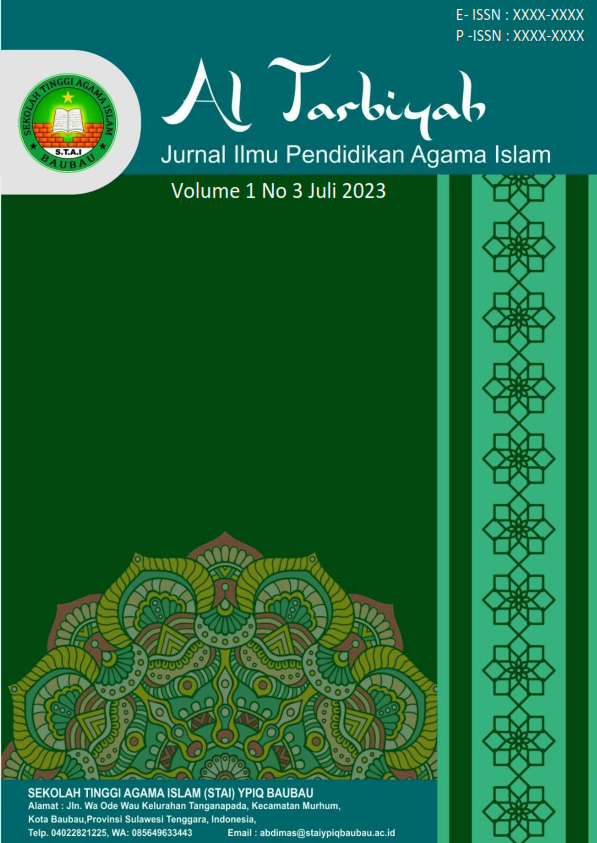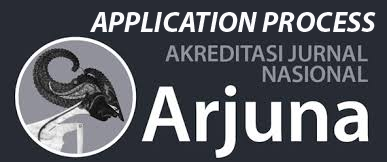Kajian Kualitas Hadits tentang Risywah dalam Perspektif Ulumul Hadits : Analisis Sanad dan Matan
DOI:
https://doi.org/10.59059/al-tarbiyah.v3i2.2247Keywords:
Hadith on Risywah, Sanad and Matan Criticism, Validity of Islamic Legal EvidenceAbstract
This study examines the quality of hadiths concerning risywah (bribery) through the classical hadith sciences perspective, focusing on sanad (chain of transmission) and Matan (textual content) criticism. Using a qualitative approach, the research traces the transmission routes and analyzes the content of relevant hadiths sourced from primary collections such as the Kutub Sittah and contemporary scholarly works. The analysis reveals that most hadiths on risywah exhibit significant weaknesses in their sanad, including inconsistencies in transmission chains (idhthirāb), questionable credibility of key narrators, and the presence of unidentified narrators (majhūl al-hāl). Additionally, variations in wording and potential distortions in the matan raise doubts about the authenticity of the hadith content. Nevertheless, some hadiths with stronger sanad, such as those narrated by Abdullah bin 'Amr and Abu Hurairah, serve as solid foundations for reinforcing the prohibition of risywah. The study underscores the necessity of a holistic approach in hadith criticism that integrates sanad verification, Matan analysis, and historical contextualization to preserve the integrity of Islamic legal sources and recommends caution in utilizing problematic hadiths related to risywah.
References
Ahmad ibn Hanbal, A. A. A. ibn M. ibn H. ibn H. ibn A. al-S. (2001). Musnad Imam Ahmad ibn Hanbal. Beirut: Muassasah ar-Risalah.
Al Hakim, I. (1990). Al-Mustadrak ’ala ash-Shahihain. Beirut: Daar Al Kutub Al Alamiah.
Al-Bazzar, A. bin ‘Amr. (2009). Al-Musnad (Mahmud Thanahi & Hamdi ‘Abd al-Majid al-Sulami, Eds.). Riyadh: Maktabah al-‘Ulum wa al-Hikam.
Ath-Thahawi, A. J. A. bin M. bin S. al-A. (1994). Syarh Musykil al-Atsar. Beirut: Muassasah al-Risalah.
Bahgia, B. (2018). Risywah dalam tinjauan hukum Islam dan undang-undang tindak pidana suap. Mizan: Journal of Islamic Law, 1(2). https://doi.org/10.32507/mizan.v1i2.123
Hisbuddin, N. F., Armanda, F., Fitrah, A., M. R. I., & Kurniati, K. (2024). Membumikan ushul fiqh: Kajian terhadap definisi, objek pembahasan, dan urgensi mempelajarinya di era kontemporer. Mandub: Jurnal Politik, Sosial, Hukum dan Humaniora, 2(3), 390–397. https://doi.org/10.59059/mandub.v2i3.1504
Ibnu ‘Adiy. (n.d.). Al-Kaamil fi al-Du’afa’ wa al-Rijaal.
Ibnu Abi Syaibah, A. B. A. bin M. bin A. S. (1990). Al-Mushannaf. Riyadh: Maktabah al-Rusyd.
Ikhsan, M., & Iskandar, A. (2021). Hukum seputar risywah dalam perspektif hadis Nabi. Bustanul Fuqaha: Jurnal Bidang Hukum Islam, 2(2), 160–180. https://doi.org/10.36701/bustanul.v2i2.322
Kholis, N. (2021). Pemikiran Ibn al-Qayyim al-Jauziyyah tentang kritik matan dan metode memahami hadis ta’arud. Dirosat: Journal of Islamic Studies, 6(1), 1–13. https://doi.org/10.28944/dirosat.v6i1.291
Maulana, L. (2016). Periodesasi perkembangan studi hadits (Dari tradisi lisan/tulisan hingga berbasis digital). Esensia: Jurnal Ilmu-Ilmu Ushuluddin, 17(1), 111. https://doi.org/10.14421/esensia.v17i1.1282
Syam, N. F., & Nurwandri, A. (2024). The role of Kutub As-Sittah in verifying the authenticity of hadith: A takhrij science approach. Jurnal Penelitian Medan Agama, 15(1), 49. https://doi.org/10.58836/jpma.v15i1.20849
Yasmanto, A., & Ratnawati, S. R. (2019). Studi kritik matan hadis: Kajian teoritis dan aplikatif untuk menguji kesahihan matan hadis. Al-Bukhārī: Jurnal Ilmu Hadis, 2(2). https://doi.org/10.32505/al-bukhārī.v2i2.1323
Yulianto, Y. (2020). Kritik hadits nikah mut’ah perspektif Sunnah (Studi analisis sanad dan matan hadits tentang larangan nikah mut’ah). Islamic Insights Journal, 2(1), 21–46. https://doi.org/10.21776/ub.iij.2020.002.01.2
Downloads
Published
How to Cite
Issue
Section
License
Copyright (c) 2025 Al-Tarbiyah : Jurnal Ilmu Pendidikan Islam

This work is licensed under a Creative Commons Attribution-ShareAlike 4.0 International License.








